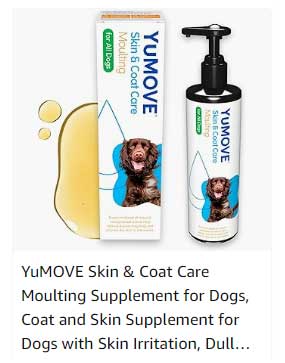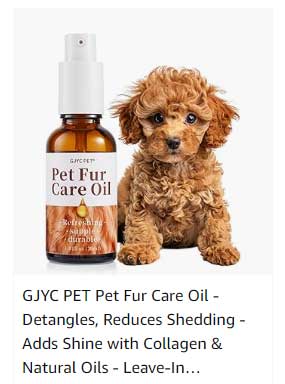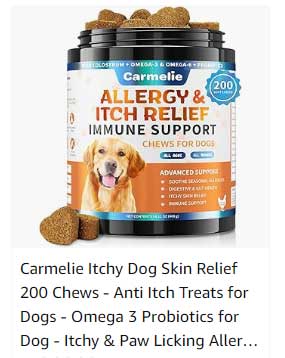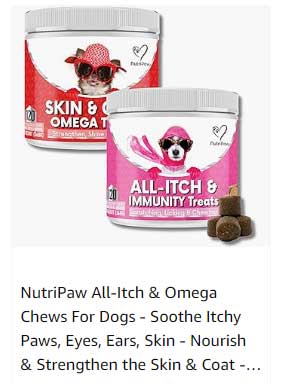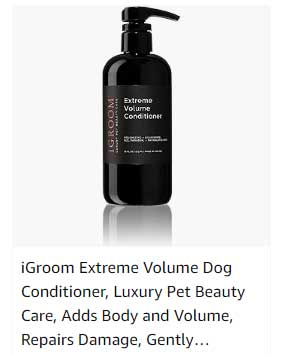When you welcome a puppy into your home, their playful nature and irresistible charm captivate your heart instantly.
However, while you’re busy enjoying their antics, have you ever taken a moment to consider the significance of their fur coat?
A puppy’s fur is more than just a source of cuteness; it is a window into their overall health and well-being.
Understanding what your puppy’s coat reveals can help you provide them with the best possible care.
THE BASICS OF PUPPY FUR
Puppy fur is generally composed of two coats: a soft undercoat and a coarser outer coat.
The undercoat provides insulation, keeping your pup warm in colder weather, while the outer coat serves as a barrier against the elements.
The texture, colour, and health of a puppy’s fur can vary significantly based on breed, age, and individual genetics.
SIGNS OF GOOD HEALTH
A shiny, vibrant coat often indicates that your puppy is healthy and well-nourished.
Healthy fur should be smooth to the touch and free of mats and tangles.
If your puppy’s fur glistens in the light and is free from excessive shedding, it’s a good sign that they’re receiving the right nutrients in their diet.
Essential fatty acids, particularly Omega-3 and Omega-6, play a vital role in maintaining fur health.
These fatty acids promote a healthy skin barrier, support the immune system, and help reduce inflammation.
THE IMPACT OF DIET ON FUR
What your puppy eats directly influences the health of their fur.
A balanced diet rich in high-quality proteins, fats, vitamins, and minerals will contribute to a fuller, shinier coat.
Look for puppy food that lists meat as the first ingredient, and ensure it contains healthy fats and essential nutrients.
If you notice that your puppy’s coat is dull or flaky, it could be a sign that they need dietary adjustments or that they might have a specific allergy to certain ingredients.
SHEDDING AND ITS IMPLICATIONS
Puppies tend to shed, but if you observe excessive shedding, it may indicate underlying health issues.
Factors such as stress, changes in environment, allergies, or even parasites like fleas and ticks can contribute to increased shedding.
Additionally, certain breeds that are known for their vibrant coats may shed more during shedding seasons.
Regular grooming not only helps manage the amount of fur around your home but also allows you to inspect your puppy’s skin for any signs of irritation, redness, or bumps that could signal a health concern.
SKIN CONDITIONS AND THEIR WARNING SIGNS
The condition of your puppy’s skin is equally as important as their fur.
Flaky, itchy skin can lead to discomfort and can often be indicative of allergies, infections, or other dermatological issues.
Moreover, if you notice patches of hair loss—particularly in a symmetrical pattern—it could suggest a fungal infection like ringworm or hormonal imbalances.
Regularly checking your puppy’s skin and coat during grooming can help catch these issues early, ensuring prompt veterinary attention if required.
CHANGES IN COAT COLOUR OR CONDITION
Watch for any unexpected changes in your puppy’s coat colour or texture.
A sudden change can be a sign of stress, hormonal changes, or even a serious health issue.
It’s essential to consult a veterinarian if you observe these shifts, as they can provide insights into whether these changes are within the normal range for your puppy.
THE IMPORTANCE OF REGULAR GROOMING
Maintaining your puppy’s fur with regular grooming is vital for their health and happiness.
Beyond keeping them looking good, grooming sessions allow for a bonding experience and provide an opportunity to check for any irregularities.
Use this time to inspect their skin, check for parasites, and promote good blood circulation through brushing.
CONCLUSION
A puppy’s fur coat tells a story about their health and well-being.
By paying close attention to the condition of their coat, you can take proactive steps to ensure they remain happy and healthy.
From diet and nutrition to grooming and veterinary care, you hold the key to unlocking the secrets of your puppy’s adorable fur.
Understanding and observing these details can lead to a healthier, happier life for your furry friend.







